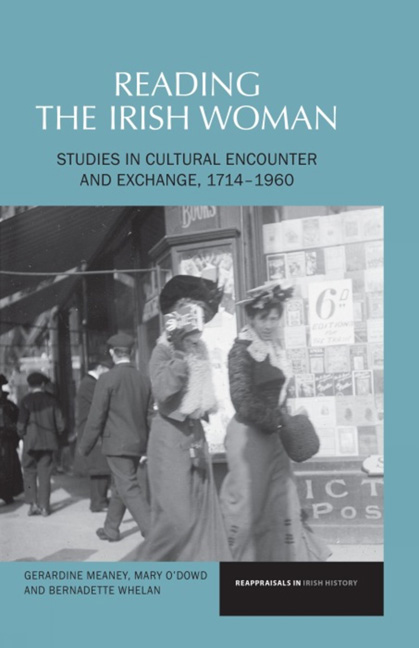1 - The Enlightenment and Reading, 1714–1820
from The Enlightenment
Summary
Introduction
What was the Enlightenment and how did it change society in eighteenth-century Europe? These questions have been at the core of the historiographical debate on the Enlightenment since the 1960s. For the historian of women, the questions are compounded by the imperative to identify which aspects of this complex intellectual, political and social movement impacted on women and on ideas about women. In recent years, there has been an increasing recognition among historians and literary scholars that consideration of the nature of women and their education formed an important element in enlightened discussion and debate. Philosophers, political thinkers and writers of literary fiction queried if men's and women's brains were physically similar and whether mental capacity was gender neutral. If it was, should boys and girls be educated in the same way? Irish-born John toland argued that not only were women intellectually equal to men but that education was the means through which women could reconstruct their lives and be more active in society: ‘the Parity of the intellectual Organs in both Sexes, … makes [women] equally capable of all Improvements, had they but equally the same advantages of Education, travel, Company, and the Management of affairs’ as men. Other writers adopted a more cautious approach. While acknowledging women's intellectual ability they also maintained that women's societal role was distinct from that of men and, consequently, that they should be educated in distinct ways.
The significance attached to women's education led to a new public recognition of the woman reader and scholar as well as the writer. As female literacy spread in the middle decades of the eighteenth century, publishers identified women as new consumers of books and journals. Writing for women readers by men and, increasingly, by women was an important means through which new definitions of gender behaviour were disseminated. Nor was this type of writing confined to one particular genre. Conduct books, religious writings, school books, novels, poetry and, as the eighteenth century advanced, magazines were all utilised to present definitions of femininity and appropriate behaviour for girls and women. In England, some literary critics, following Nancy Armstrong's seminal study, have suggested that this literature was central to the construction of a middle-class ideal of womanhood and ultimately bourgeois ideology which came to dominate English society in the nineteenth century.
- Type
- Chapter
- Information
- Reading the Irish WomanStudies in Cultural Encounters and Exchange, 1714–1960, pp. 13 - 53Publisher: Liverpool University PressPrint publication year: 2013



